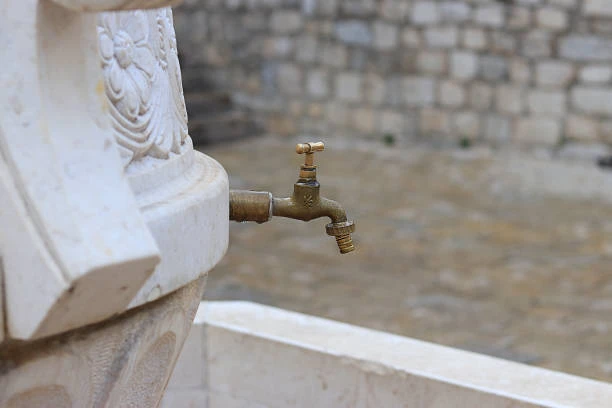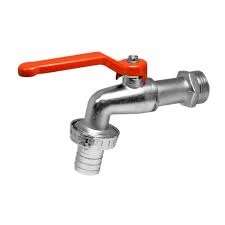Introduction
Brass pipe fittings ISO15875 are essential components in plumbing systems, known for their durability, strength, and resistance to corrosion. They are widely used in both residential and commercial plumbing applications. This article explores the various aspects of brass pipe plumbing fittings, including their types, advantages, applications, and installation tips.
1. Understanding Brass Pipe Plumbing Fittings
1.1 What Are Brass Pipe Fittings?
Brass pipe fittings are connectors made from an alloy of copper and zinc, known as brass. They are used to join sections of pipe and facilitate changes in direction, size, or type within a plumbing system. Brass fittings are valued for their strength, durability, and resistance to rust and corrosion.
1.2 Types of Brass Pipe Fittings
- Elbows: Used to change the direction of the pipe.
- Tees: Allows for branching in two directions from a single pipe.
- Couplings: Connects two pieces of pipe of the same diameter.
- Reducers: Adapts pipes of different diameters.
- Unions: Provides a detachable connection for easy maintenance.
2. Advantages of Brass Pipe Fittings
2.1 Durability and Strength
Brass fittings are known for their high strength and durability. They can withstand high pressures and temperatures, making them suitable for various plumbing applications.
2.2 Corrosion Resistance
One of the key advantages of brass fittings is their resistance to corrosion. Unlike some metals that rust or degrade over time, brass maintains its integrity in various environments, including those with moisture or chemicals.
2.3 Ease of Installation
Brass fittings are relatively easy to install. They often come with threaded connections that make assembly straightforward. Their compatibility with various pipe materials also adds to their convenience.
2.4 Longevity
Due to their durability and resistance to wear, brass fittings have a long service life.
3. Applications of Brass Pipe Fittings
3.1 Residential Plumbing
Their reliability makes them a popular choice for home plumbing projects.
3.2 Commercial and Industrial Use
Brass fittings are also used in commercial and industrial applications. They are ideal for high-pressure systems, HVAC systems, and chemical processing due to their strength and corrosion resistance.
3.3 Outdoor Applications
Brass fittings are suitable for outdoor use because they can handle various weather conditions without deteriorating. They are often used in irrigation systems and outdoor water features.

4. Installation of Brass Pipe Fittings
4.1 Preparation
- Selecting Fittings: Choose the appropriate type and size of fittings based on your project requirements.
- Pipe Preparation: Clean and deburr the pipe ends to ensure a smooth connection.
4.2 Threaded Connections
- Applying Thread Sealant: Use PTFE tape or pipe dope on the threads to prevent leaks.
- Tightening: Hand-tighten the fittings and then use a wrench to secure them. Avoid overtightening, which can damage the fittings.
4.3 Soldered Connections
- Cleaning and Fluxing: Clean the pipe and fitting surfaces and apply flux to facilitate soldering.
- Heating and Soldering: Heat the joint with a torch and apply solder. Allow the joint to cool before testing.
4.4 Testing
After installation, conduct a pressure test to ensure that there are no leaks and that the system operates correctly.
5. Maintenance and Care
5.1 Regular Inspections
Inspect brass fittings periodically for signs of wear, leaks, or corrosion. Early detection of issues can help prevent more significant problems.
5.2 Cleaning
Keep brass fittings clean by removing dirt and debris. Use non-abrasive cleaners to avoid scratching the surface.
5.3 Replacement
Replace any damaged or worn fittings promptly to maintain the integrity of your plumbing system.
6. Common Issues and Troubleshooting
6.1 Leaks
Leaks in brass fittings can occur due to improper installation or damage. Tighten connections and replace damaged fittings as needed.
6.2 Corrosion
Although brass fittings are resistant to corrosion, they can still experience issues over time. Ensure proper maintenance and address any signs of corrosion promptly.
6.3 Misalignment
Ensure that fittings are properly aligned to avoid stress on the joints. Misalignment can lead to leaks and premature wear.
7. Comparing Brass Fittings to Other Materials
7.1 Brass vs. Copper Fittings
Copper fittings, however, are more flexible and suitable for specific applications.
7.2 Brass vs. PVC Fittings
While PVC fittings are lightweight and resistant to corrosion, they lack the strength and temperature tolerance of brass fittings. Brass is a better choice for high-pressure and high-temperature applications.
8. Case Studies and Examples
8.1 Successful Residential Projects
8.2 Commercial and Industrial Applications
Review case studies of commercial and industrial projects that have utilized brass fittings to enhance system reliability and efficiency.
9. Conclusion
Brass pipe plumbing fittings offer a range of advantages, including durability, corrosion resistance, and ease of installation. Their versatility makes them suitable for various applications, from residential plumbing to industrial systems. Proper installation and maintenance can ensure a long-lasting and efficient plumbing system.


















